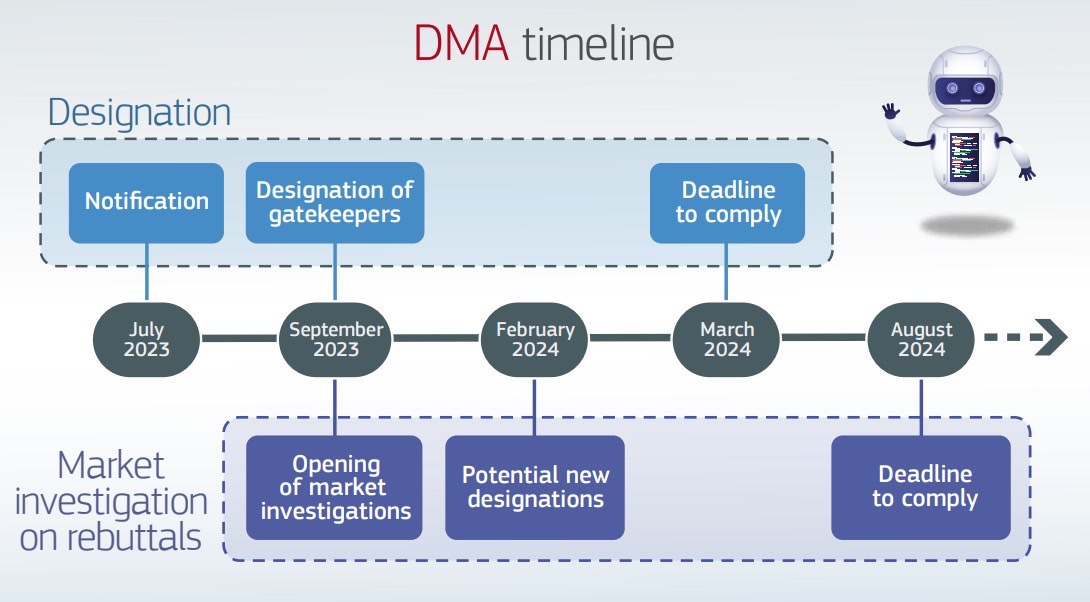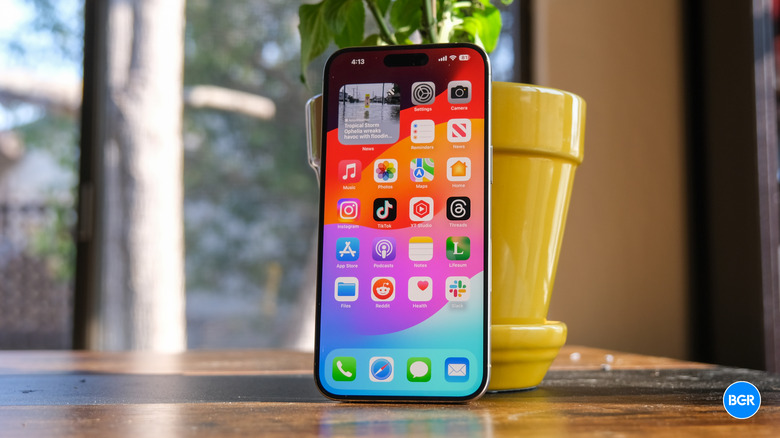iOS 17.2 Code Hints At iPhone Sideloading And Third-Party App Stores
Apple might not like it, but it'll have to support sideloading and third-party app stores on iPhone in the coming months. It's all happening in Europe, where the Digital Markets Act (DMA) is in effect. The antitrust law meant to protect consumers and increase competition has already determined the first round of gatekeeper companies and tech products. Apple, iOS, the App Store, and Safari are on that list.
As a result, Apple will have to make changes to the iPhone software to meet its new obligations under the DMA. For the App Store, it'll likely have to allow other companies to compete against it with app stores of their own. Apple will also have to support third-party payment systems in Europe.
Sideloading is practically going to happen as soon as Apple starts making changes to iOS 17. Consumers will have to be able to download apps from any source, not just digital repositories like the App Store and third-party equivalents.
Apple might have already started work to bring such features to the iPhone soon. The iOS 17.2 beta has code indicating support for sideloading and third-party app stores. But even if it's real, Apple isn't ready to confirm it.
Looking at the iOS 17.2 beta code, 9to5Mac found evidence that suggests Apple is preparing to support app installs from other sources than the App Store.
iOS 17.2 comes with a new public framework called "Managed App Distribution." The blog speculated that the feature can be tied to MDM solutions for installing enterprise apps. That's a feature that iOS already supports. But the code might support the installation of other apps:
By analyzing the new API, we've learned that it has an extension endpoint declared in the system, which means that other apps can create extensions of this type. Digging even further, we found a new, unused entitlement that will give third-party apps permission to install other apps. In other words, this would allow developers to create their own app stores.
The API has basic controls for downloading, installing, and even updating apps from external sources. It can also check whether an app is compatible with a specific device or iOS version, which the App Store already does. Again, this could easily be used to modernize MDM solutions, but here's another thing.

On top of that, 9to5Mac found evidence of a region lock in the API. This also fits the current narrative. Once Apple opens the iPhone to third-party app stores and sideloading, the features will be locked to the EU. That's the only region forcing Apple to support such features. The region lock doesn't make sense for the MDM functionality.
Since the report came out, Apple has published new documentation for the ManagedAppDistribution API which shows that the new iOS 17.2 beta functionality targets MDM app distribution. But I wouldn't be surprised if Apple tried to hide sideloading support in iOS while it's testing it.
A report from Bloomberg said on Friday that Apple is looking to appeal the EU's gatekeeper designation for the App Store. It'll also argue that iMessage, which isn't a gatekeeper right now, shouldn't be the subject of further scrutiny. The EU will issue a ruling on iMessage being a gatekeeper service by February.
Apple has until November 16th to file its appeal. This would explain why Apple is also preparing iOS to support sideloading. Apple has until March to open the iPhone to competitors. Also, remember that Apple has acknowledged in a filing to the SEC that iPhone support for third-party app stores and sideloading might be inevitable in some markets. And it could impact its revenue in the region.
Separately, Bloomberg's Mark Gurman said in his Power On newsletter (via MacRumors) that iPhone app sideloading is coming next year. Gurman said Apple would offer users a "highly controlled system" to install apps from other sources than the App Store. The feature will only work in the EU, where Apple will operate other changes to iOS to comply with the DMA.
I think Apple will want to test the sideloading feature well before rolling it out to Europeans. That's why we might be seeing the first sight of that in iOS 17.2 code.
